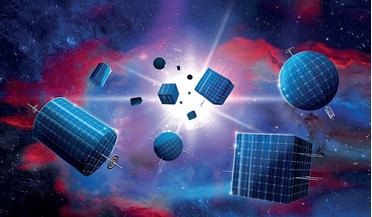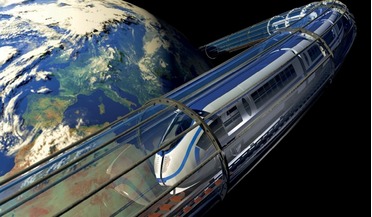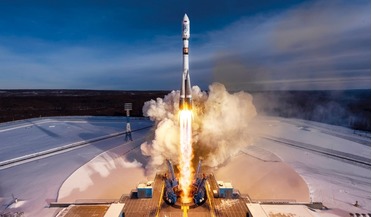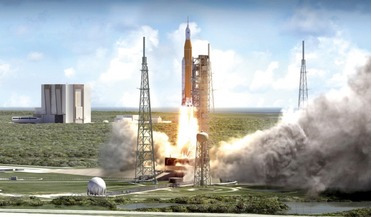 August 2017
Big science from small spacecraft
August 2017
Big science from small spacecraft
... to 13 cubesats, hitching a ride on the first flight of NASA’s new heavy lift rocket, the Space Launch System (SLS), planned for 2018. LunarIceCube will use a compact broadband infrared (IR) instrument (BIRCHES) to investigate the origin of volatile...
 January 2018
Maximising the economic opportunities of deep space
January 2018
Maximising the economic opportunities of deep space
... capability to emerge by the early 2020s. The most likely leader in this space should be SpaceX but certainly SLS and other deep space rockets could service this demand as well. In conclusion, there is little doubt that...
 October 2018
Radiation study paves way for safe deep space exploration
October 2018
Radiation study paves way for safe deep space exploration
... test flight scheduled for 2019. The EM-1 launch will be the first use of the Space Launch System (SLS), the largest rocket launched since Saturn V carried Apollo astronauts to the Moon. During EM-1, Orion will fly...
 February 2019
The Space Elevator – an alternative path to space?
February 2019
The Space Elevator – an alternative path to space?
... competing with rockets in their latest incarnations (in the form of the SpaceX BFR, Blue Origin NewGlenn, NASA SLS, not to mention aerospike engines) is tough. Developing space infrastructure such as space solar power or habitats will require...
 April 2019
Space launch industry analysis
April 2019
Space launch industry analysis
... rocket which, like SpaceX’s Falcon 9/Falcon Heavy line, is partially reusable. Meanwhile, as NASA races to complete its SLS Block 1, SpaceX is designing an even larger rocket – the Starship/BFR Booster combination. The rocket is designed to provide...
 July 2019
Lessons from our first race to the Moon
July 2019
Lessons from our first race to the Moon
Two programmes to place humans on the Moon were underway during the 1960s. The US Apollo programme was spectacularly successful, while the Soviet Union’s effort failed, and information about it was suppressed by the Soviet authorities. Looking at ...